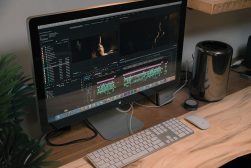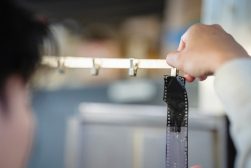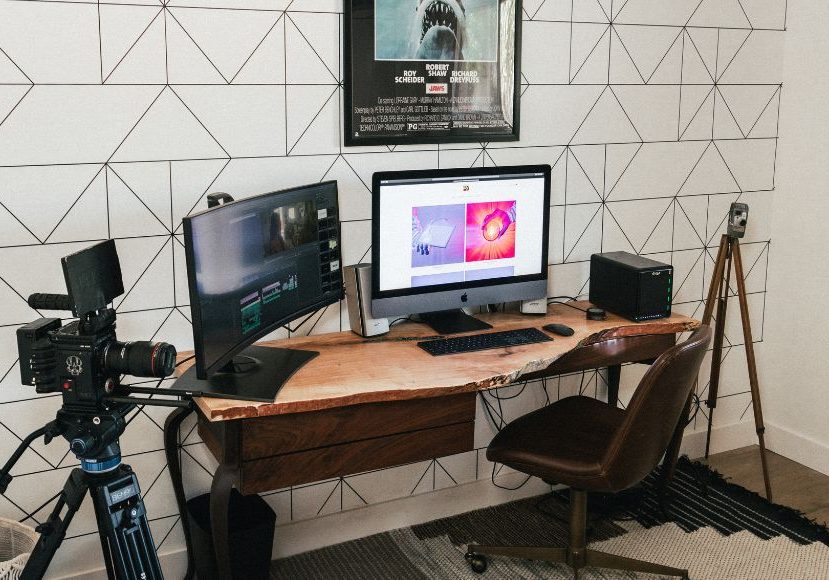
What Is Parallel Editing? (+ Popular Examples from Film)
Parallel editing is a popular technique used in film to narrate multiple storylines simultaneously. Here's how to do it well, including watchable examples.
In this guide, we’re delving into the world of parallel editing.
What is parallel editing, and how is it used to create a cohesive and compelling film narrative?
Christopher Nolan, Quintin Tarantino, and Paul Thomas Anderson are renowned for their masterful use of parallel editing.
They employ this video editing technique to create complex, suspenseful narratives and immerse the audience in the perspective of the protagonist.
Thousands of movies, short films and documentaries across various generations and eras showcase parallel editing.
Even if you’re not familiar with the term, chances are you’ve encountered parallel editing on the big screen or the television at least once.
Tandem storytelling, concurrent editing, cross-cutting and inter-cutting are all versatile and common parallel editing techniques that add depth, excitement, and complexity to visual storytelling—and we’re here to show you why.
Table of Contents
What Is Parallel Editing?
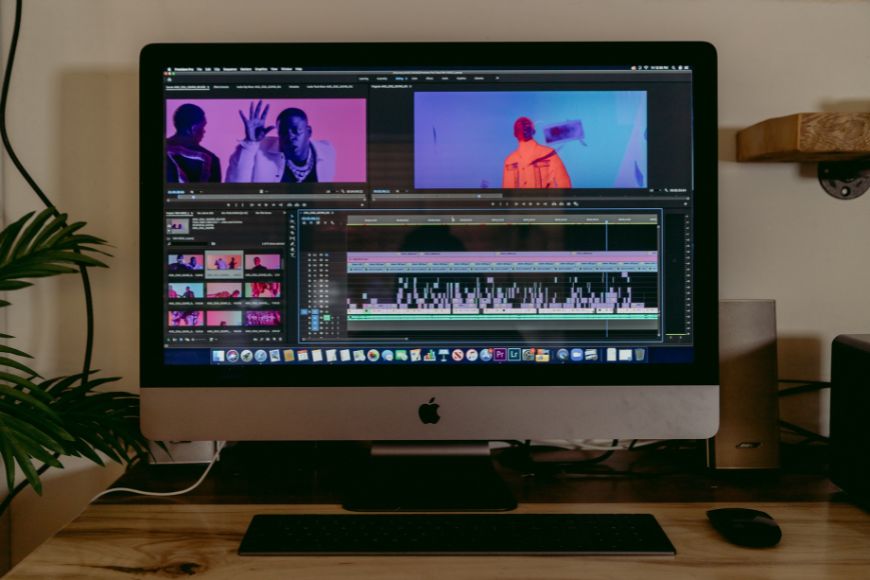
Parallel editing is a video editing technique that involves intercutting between two or more separate sequences to show the audience what’s happening from multiple perspectives.
This technique is often used to build dramatic tension between events.
It can also serve to juxtapose different characters or situations, highlighting their contrasts or connections.
One great example of the parallel editing technique can be seen in Quentin Tarantino’s Pulp Fiction (1994).
In the film, parallel editing is used to interweave multiple storylines and create a complex, non-linear narrative structure.
In one scene, Jules and Vincent, played by Samuel L. Jackson and John Travolta, are sent to retrieve a valuable briefcase.
At the same time, Butch, played by Bruce Willis, is planning to double-cross a crime boss and make a getaway.
The sequences cut back and forth between two scenes: Jules and Vincent’s interactions during their mission, and Butch’s preparations of escape.
9 Examples of Parallel Editing Techniques in Films
As you now know, parallel editing is a technique used in film to narrate multiple storylines simultaneously by cutting between them.
Here are some examples from well-known movies where this technique is effectively employed:
Parallel Editing in Silence of the Lambs
In the climax, the film cuts between Clarice Starling entering Buffalo Bill’s home and the SWAT team breaking into another house, creating a sense of urgency and tension.
Parallel Editing in The Godfather
During the baptism scene, the film cuts between the ceremony and the violent acts being carried out on Michael Corleone’s orders, contrasting themes of birth and death.
Parallel Editing in American Sniper
Intercutting & Parallel Edit in Dunkirk
Christopher Nolan uses parallel editing to weave together three different timelines: land, sea, and air, each taking place over different spans of time but converging at crucial moments.
Parallel Editing in Slumdog Millionaire
The film uses parallel editing to cut between Jamal’s appearance on a game show, his police interrogation, and flashbacks to his past, which explain how he knows the answers to the questions.
Parallel Editing in Pulp Fiction
Quentin Tarantino uses parallel editing to tell various interconnected stories in a non-linear fashion, which eventually converge.
Cross Cutting in The Dark Knight
The film cuts between three different scenarios during its climax: Batman’s fight with the Joker, the police’s struggle to save Commissioner Gordon’s family, and the moral dilemma faced by the passengers of two ferries.
CrossCutting in Inception
The film frequently cuts between various dream levels, each with its own sense of time, to build tension and complexity.
A similar technique is also used in Interstellar, another one of Nolan’s hit films.
Parallel Editing in Requiem for a Dream
The film uses parallel editing to show the downward spiral of four characters due to drug addiction, cutting between their individual experiences.
What’s the Difference Between Cross-cutting and Parallel Editing?
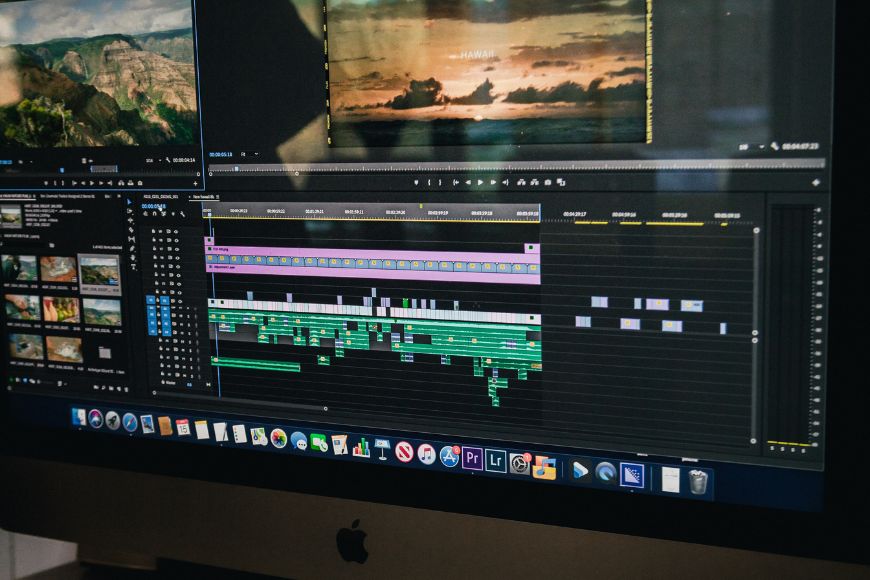
If you’re well-versed in editing and cinema, you’re probably wondering what makes parallel editing different from cross-cutting.
After all, they use the same technique of intercutting between scenes or storylines.
Still, there are several notable differences between the two.
Cross-cutting can take place any time a scene is intercut with another, with no clear order or sequence in which they’re filmed.
On the other hand, parallel editing depicts parallel actions happening at the same time from separate locations to create a sense of continuity.
Another difference between the two is that cross-cutting switches back and forth between shots in rapid succession, while parallel editing focuses on a single shot for an extended period before moving on to the next shot.
Why Is Parallel Editing Used?
Filmmakers and editors use parallel editing for a variety of reasons. This includes:
Building Suspense
Parallel editing creates and heightens suspense in a film. By interconnecting two or more simultaneous stories, filmmakers add a sense of anticipation and tension, keeping viewers on the edge of their seats.
Filmmakers can also use parallel editing to build suspense around a perceived threat or danger that’s ultimately a misdirection.
A great example of misdirection through parallel editing can be seen in The Silence of the Lambs, a 1991 Jonathan Demme film.
In one of the scenes, FBI agents surround a house while the killer talks to a victim inside.
Parallel editing leads the audience to believe that upon barging into the house, the agents would capture the villain.
However, it was later revealed that the villain was actually in a different location.
Conveying Simultaneous Events
Rather than linearly presenting narratives, parallel editing allows filmmakers to show them simultaneously in different locations and with different characters.
This technique adds a broader perspective on the story and allows viewers to understand the connections or contrasts between these events.
Highlighting Contrasts or Parallels
Parallel editing allows filmmakers to speed up the pacing of a slow scene by intercutting it with a fast, action-packed scene, creating a sense of contrast.
The action scene injects energy and excitement, which can counterbalance the slower scene’s more relaxed or introspective moments.
This method creates a sequence that sustains viewer engagement and prevents monotony.
You’ll find this editing technique in Francis Ford Coppola’s The Godfather.
As Michael Corleone, the protagonist, attended his nephew’s baptism, a string of murders he orchestrated unfolded simultaneously.
Showing Juxtaposition
Through parallel editing, filmmakers can convey differences in lifestyle, location, emotions, or themes.
For example, filmmakers can use parallel editing to cut between a dedicated, hardworking protagonist and a lazy, carefree antagonist to highlight the differences in their personalities and values.
They can also use it to alternate between scenes of a joyful celebration and a heart-wrenching tragedy.
This method of editing adds layers of complexity to the storytelling.
It engages the audience by encouraging them to discern contrasts, connections, and deeper thematic meanings within the narrative.
Enhances Storytelling Efficiency
In scenes where events are unfolding simultaneously, parallel editing allows for more dynamic and efficient storytelling.
It helps avoid excessive repetition and pushes the narrative forward as needed.
Rather than dedicating separate scenes or lengthy exposition to each storyline, the audience can quickly grasp the interplay of various elements within the narrative.
It also allows viewers to gain insights into the characters’ motivations, conflicts, and emotions within a condensed time frame.
Mastering the Art of Parallel Editing: What to Do and What Not to Do
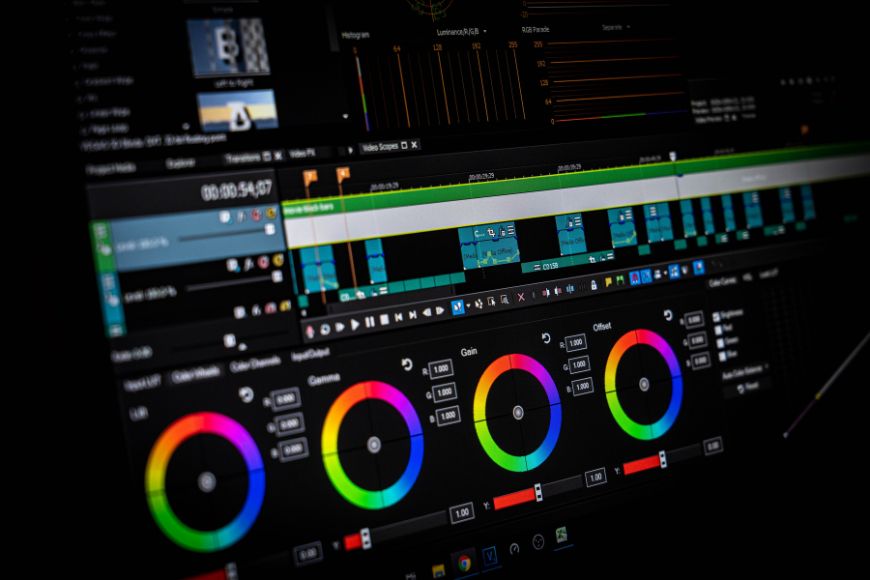
When used effectively, parallel editing can be a powerful tool in filmmaking.
To ensure it serves its purpose, here are certain do’s and don’ts of this technique:
Do’s of Parallel Editing
- Ensure viewers understand the context of each parallel scene. Provide enough information in each sequence so the audience can easily follow the simultaneous storylines.
- Ensure visual consistency between the parallel scenes. The lighting, style, and overall aesthetic should be the same throughout the movie.
- Use editing techniques, like transitional elements or focused shots, to maintain immersion in the story.
- Find the right balance between different scenes as you cut and connect them. Does one scene require more time or less? Does it need more emotion? Figure out the right balance between different scenes.
- Establish a pace. If you’re looking to build suspense and excitement in parallel, set a rapid and dynamic pace. If you aim to establish character depth or a slower, more contemplative mood, use a measured pace.
Don’t of Parallel Editing
- Don’t overuse the technique. Excessive intercutting can lead to viewer fatigue and diminish its impact.
- Don’t disrupt the flow of the story unnecessarily. Sudden or frequent shifts between parallel scenes can be jarring.
- Don’t create a narrative that’s difficult to follow. Excessive complexity can confuse and alienate the audience, detracting from their overall viewing experience.
- Don’t ignore continuity errors. Inconsistencies, even minor ones, can disrupt audience immersion. Pay attention to lighting conditions, sound and dialogue, and camera angles and perspectives.
- Don’t use parallel editing just for the sake of it. Parallel editing is used to help tell a story. If the scenes you’re intercutting don’t relate to each other or contribute to the overall impact of the story, the film will leave viewers feeling disconnected and dissatisfied.
A Brief History of Parallel Editing
Parallel editing has been around for over a century. Here’s a brief timeline of its use throughout history:
1900s: The Beginning
One of the earliest known instances of this editing technique is from The Great Train Robbery by Edwin S. Porter, released in 1903.
This short film is not only a classic of early cinema but also a pioneering example of how parallel use enhances storytelling.
In the film, the camera alternates between scenes inside the train car and outside the train. Inside, passengers are terrorized by outlaws. Outside, a group of lawmen are mobilizing to capture the robbers.
As the action intensifies, the parallel editing between these two parallel storylines builds suspense, illustrating simultaneous events unfolding on both sides of the conflict.
1910s: Early Development
In the 1910s, D.W. Griffith, one of cinema’s early masters, expanded upon the principles of parallel editing.
He refined the technique and introduced the concept of what’s now called continuity editing, where parallel editing is used to establish spatial and temporal relationships between scenes.
The use of the technique was shown in Birth of a Nation (1915) and Intolerance, two of Griffith’s most popular works.
1930s to 1950s: Hollywood Golden Age
Between the 1930s and 1980s, the classical Hollywood era further refined the use of parallel editing for storytelling.
Filmmakers like Orson Welles and Alfred Hitchcock employed parallel editing to build suspense, create complex narratives, and engage audiences in Citizen Kane (1941) and Psycho (1960).
2000s: Modern Cinema
At the turn of the 21st century, filmmakers began experimenting with unconventional editing techniques.
Directors like Quentin Tarantino and Christopher Nolan are prime examples of unconventional parallel editing.
Even today, they continue to push the boundaries of this technique, using it to create intricate, non-linear storylines.
Present Time
In the present day, parallel editing isn’t confined to the big screen. It’s also widely used in music videos, television series, and online content.
Parallel editing has evolved over the years, but its true essence remains the same: to convey multiple perspectives, build tension, and enhance storytelling.






